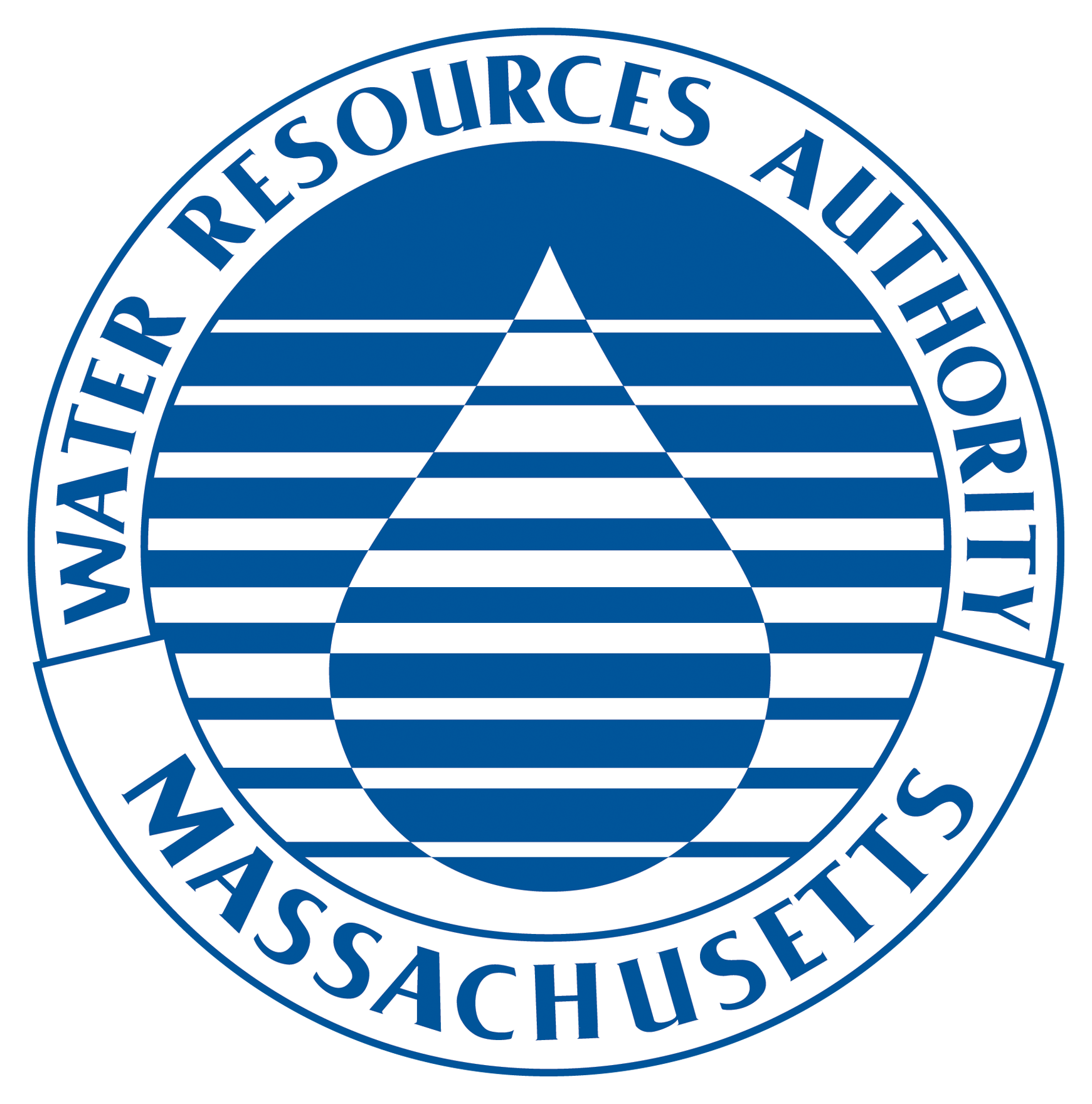WEST BOYLSTON – To continue the Healey-Driscoll Administration’s efforts to support climate resilient projects while also restoring important habitats, today, the Massachusetts Water Resources Authority (MWRA) hosted a ceremonial groundbreaking event commemorating the start of the Quinapoxet River Dam removal project. Attendees of the event included several partners who were essential in the development of the project, including the Department of Conservation and Recreation (DCR), the Department of Fish and Game (DFG), the Town of West Boylston, state and local officials, and other key stakeholders. The dam, which was constructed in 1905 to support the creation of the Wachusett Reservoir, has outlived its usefulness due to significant upgrades the MWRA has made to its water transfer systems.
“Through innovative practices and advanced methods, the MWRA’s water distribution system has been providing high quality water for millions of people for generations,” said MWRA Executive Director Fred Laskey. “We are proud to partner with our sister agencies and key stakeholders to create a more resilient Commonwealth, and this project not only does that but also increases the health of the Quinapoxet River, strengthens local fish populations, and creates additional access to the natural world for the public to enjoy.”
Importantly, removal of the Quinapoxet Dam will provide upstream fish access to the Wachusett Reservoir where existing populations of Brook Trout and Landlocked Salmon are considered to be genetically isolated as the dam restricts vital migratory patterns. The project will make 35 miles of river accessible to fish while also restoring approximately 1,000 feet of upstream habitat and one acre of riparian habitat. An ADA compliant path and platform will also be constructed on the riverbank and interpretive signage will be installed. Other associated benefits include:
- Restoring river processes for sediment and organic matter transport;
- Restoring bordering vegetated wetlands and riverine habitat;
- Eliminating safety concerns related to the deteriorating dam; and,
- Enhancing public access to a popular fishing and recreation area.
“We're proud to join our many partners to kick off this important project that will provide immense benefits for both people and wildlife,” said Department of Fish & Game Commissioner Tom O'Shea. “There are over 3,000 dams throughout Massachusetts, many of which have far outlived their intended purpose. Restoring the Quinapoxet River by removing this defunct dam will improve water quality and ecosystem health, reconnect critical fish passage habitat for land locked salmon and wild trout, create new outdoor recreation opportunities for the Worcester County, and eliminate potential dam safety hazards for downstream communities.”
The project has been supported by both DCR and DFG, including the Division of Ecological Restoration (DER), by providing technical expertise and financial assistance to enable the project planning and early site preparation work. This includes assistance with developing the project goals, the installation of time-lapse video equipment; the completion of pre-construction photos, videos, and structural condition surveying; the installation of temporary traffic control and pedestrian safety signage, fencing, tree protection, and site protection; the construction of erosion and sediment control features; and the creation of construction entrances and access roads.
“Dam removal is an essential piece of the Commonwealth’s biodiversity and climate resilience goals, and this project has been a joint priority for DER and MWRA since 2014. DER is excited to be celebrating this important project milestone with MWRA, DCR, and all of our project partners,” said Division of Ecological Restoration Director Beth Lambert. “We look forward to seeing fish moving through a free-flowing river and the many other benefits resulting from this dam removal.”
DCR’s Division of Water Supply Protection, Office of Watershed Management manages and protects the Quabbin Reservoir, Ware River, Wachusett Reservoir, and Sudbury Reservoir watersheds, which also includes the Quinapoxet River. These critical waterbodies serve as the source drinking water supply for over 3 million people working and residing in Massachusetts.
“At DCR we’re committed to preserving and protecting our beautiful natural and recreational resources like the Wachusett Reservoir,” said DCR Commissioner Brian Arrigo. “We’re grateful to our partners at the MWRA and DFG for working with us on the Quinapoxet Dam removal project that will restore the area’s natural ecology and create new recreational opportunities for people to enjoy for generations to come.”
The Quinapoxet River Dam is a 250 foot long and 18 foot high earthen embankment and stone masonry structure. Centrally located on the structure is a 135 foot long and 9 foot high stone masonry and concrete arched spillway. The cost to remove the dam is approximately $3 million and is expected to commence in November 2024, or shortly thereafter, with a completion date of summer or fall 2025.
###

